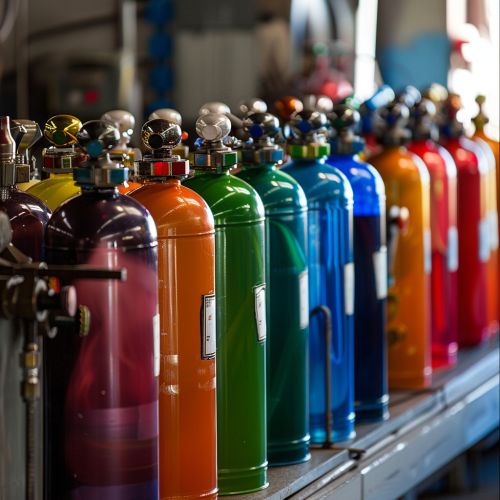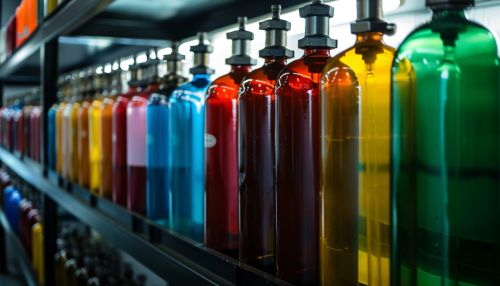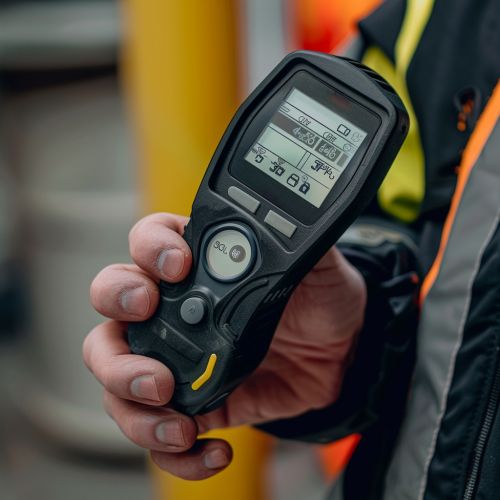Toxic gas
Introduction
Toxic gases are substances that can cause harm to living organisms, primarily through inhalation. These gases can be naturally occurring or man-made, and they are often used in industrial processes, warfare, and by certain organisms as a defense mechanism. The study of toxic gases falls under the broader field of toxicology, which is the scientific study of adverse effects that occur in living organisms due to chemicals.
Types of Toxic Gases
There are several types of toxic gases, each with their own unique properties and effects on living organisms. These can be broadly categorized into the following groups:
Inorganic Gases


Inorganic gases are those that do not contain carbon. Examples of toxic inorganic gases include hydrogen sulfide, sulfur dioxide, and nitrogen dioxide. These gases are often produced as byproducts of industrial processes, such as the burning of fossil fuels.
Organic Gases
Organic gases, also known as volatile organic compounds (VOCs), are those that contain carbon. Examples of toxic organic gases include benzene, formaldehyde, and carbon monoxide. These gases can be produced by various sources, including vehicle exhaust, industrial processes, and even certain household products.
Biological Gases
Biological gases are those produced by living organisms. For example, some types of bacteria produce toxic gases as a byproduct of their metabolism. These gases can cause a variety of health problems, including respiratory distress and neurological damage.
Effects of Toxic Gases
The effects of toxic gases on the human body can vary greatly depending on the type of gas, the concentration, and the duration of exposure. However, some common effects include:
Respiratory Effects
Many toxic gases can cause damage to the respiratory system. This can include irritation of the airways, difficulty breathing, and in severe cases, respiratory failure.
Neurological Effects
Certain toxic gases can affect the nervous system, leading to symptoms such as headache, dizziness, and confusion. In severe cases, exposure to these gases can lead to unconsciousness or even death.
Other Effects
In addition to the respiratory and neurological effects, toxic gases can also cause a variety of other health problems. These can include skin and eye irritation, heart problems, and damage to other organs.
Detection and Protection
Due to the serious health risks associated with exposure to toxic gases, it is important to be able to detect their presence and to take steps to protect oneself. This can be achieved through the use of gas detectors and personal protective equipment (PPE).
Gas Detectors


Gas detectors are devices that can detect the presence of certain gases in the environment. These devices can be handheld or installed in a fixed location, and they work by sensing the chemical reactions caused by the gas.
Personal Protective Equipment
Personal protective equipment, or PPE, is equipment worn to minimize exposure to hazards that cause serious workplace injuries and illnesses. This can include items such as respirators, gloves, and protective clothing.
